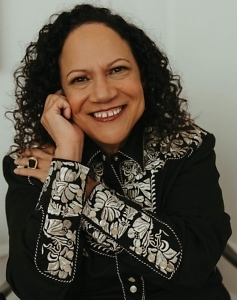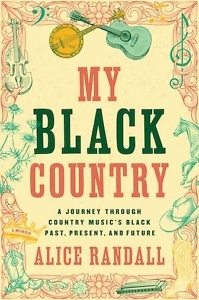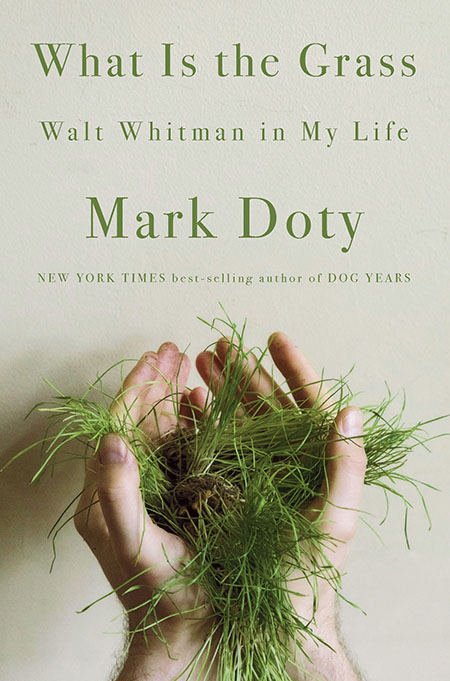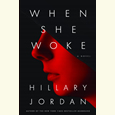Making Country, Country
Alice Randall’s My Black Country embraces and explores Black eccentricity in country music
Alice Randall’s My Black Country is a lot of things. First, it’s a course in Black history. It’s also a memoir. The words are a song in and of themselves. Above all, it’s a gift — an assurance that the history of Black artists in country music won’t be forgotten.

Randall, a songwriter, author, and Vanderbilt University professor, has spent most of her life dedicated in one way or another to schooling people on country music. In My Black Country, she outlines the inclination of Music Row institutions to discount Black writers and their insistence on erasure of Black artists, particularly women, in the genre. Randall knows all too personally that the country music industry, and the world, can be tough on a Black female songwriter. Even as she earned a spot as the first Black woman to co-write a No. 1 country hit with Trisha Yearwood’s “XXX’s and OOO’s (An American Girl),” most people wouldn’t know the song was written by a Black mother desperate to figure out who she was. Luckily, you can get that whole story here.
My Black Country can’t be mentioned without noting the backdrop of its release. Randall discusses Beyoncé in the book — Lemonade’s “Daddy Lessons” and all its undoubtedly country swagger — but she could not have known that the debate about Queen B’s country bona fides would be in full swing when it arrived in bookstores. Beyoncé’s Cowboy Carter wasn’t even fully out yet when the singer earned a No. 1 on Billboard’s Hot Country Songs for her single “Texas Hold ‘Em,” becoming the first Black woman to do so.
What Randall sets out to uncover is that this conversation did not begin with the recent attention to Black artists entering the country music sphere. The book builds on the idea of the first family of Black country music, identified by Randall as DeFord Bailey, Lil Hardin, Ray Charles, Charley Pride, and Herb Jeffries. She gives a long history and a lineage that begins with the Black experience.
Near the end of the book, Randall recalls that when the Pointer Sisters showed up to play the Opry 50 years ago, they saw signs from folks outside reading: “Keep Country, Country!” Inside the walls, their performance was applauded; their country was apparent in the way they delivered “Fairytale.”
“They had shows that started with audience members cursing in disbelief when they realized the women who sang ‘Fairytale’ were Black,” Randall writes. “In 1974, the Pointer Sisters won a Grammy for Best Country Performance by a Duo or a Group for their performance of ‘Fairytale.’ To win the category, they beat out Kris Kristofferson and Rita Coolidge, Bobby Bare, and Willie Nelson and Tracy Nelson. No small achievement. Yet in the highlights of the year that appear on the Grammy website, as I write these words, no mention is made of the Pointers’ historic win.”
 It doesn’t sound too far off from getting a No. 1 country hit and your success inciting a barrage of online debate about whether you’re country enough. But Randall gets to the point early on that Black country artists were not following in the footsteps of white artists and that the flair associated with Black artists in the genre is intended: “The eccentrics of Black Country refuse to be seduced into a false sense of belonging achieved by adhering to established codes of aesthetics arising from either their home communities or the dominant culture,” she writes. “By flexing their connection to a globe not an acre, they flex their humanity, their universality, and their world making, then sign their own significance in the world they have made.”
It doesn’t sound too far off from getting a No. 1 country hit and your success inciting a barrage of online debate about whether you’re country enough. But Randall gets to the point early on that Black country artists were not following in the footsteps of white artists and that the flair associated with Black artists in the genre is intended: “The eccentrics of Black Country refuse to be seduced into a false sense of belonging achieved by adhering to established codes of aesthetics arising from either their home communities or the dominant culture,” she writes. “By flexing their connection to a globe not an acre, they flex their humanity, their universality, and their world making, then sign their own significance in the world they have made.”
Her words remind the country music listener to pay attention. They call for a space where young Black women can hear “XXX’s and OOO’s” and know that they are deeply represented in it. Randall writes often in the book about growing up listening to country music and the bonds it allowed her to make with and around some of the more difficult characters throughout her life, her mother included. She says she sang along to “Fairytale” and wishes for young girls to know the influence of Black country women like Anita Pointer, in her silk hair flower and vintage floral dress. She notes the moment Anita says before a performance that she and the sisters love country music. The song reminds Randall of the moment she left the industry — a theme song for her decision to eschew a belief that the industry “cared anything about any Black female creatives.”
Randall goes on to write that after a cross-country rail trip, she began to see herself as a railroad woman: “It’s not all the hours on the train. It’s the shape shifting, identity shifting, and code switching. It’s the embrace of multiple realities.”
After all, she’s an American girl.

Amanda Haggard is a freelance writer, editor, and journalist living in Nashville. For the past decade, she’s written about homelessness, books, music, politics, food, and everything in between. She is the co-editor of Nashville’s street newspaper The Contributor.


